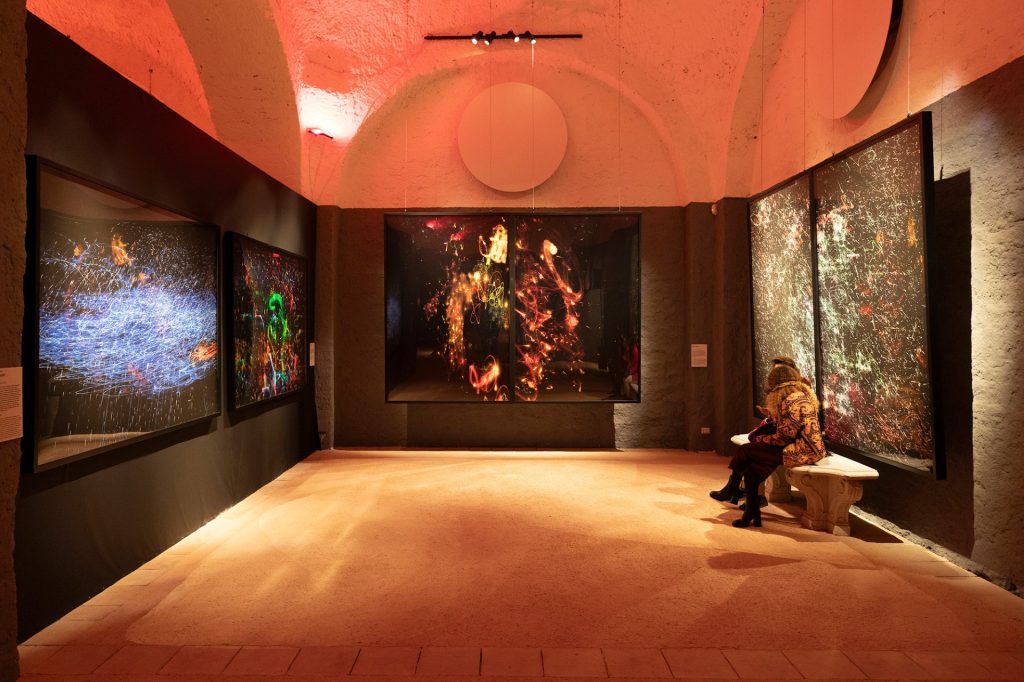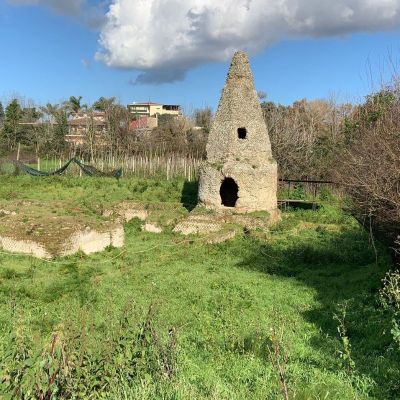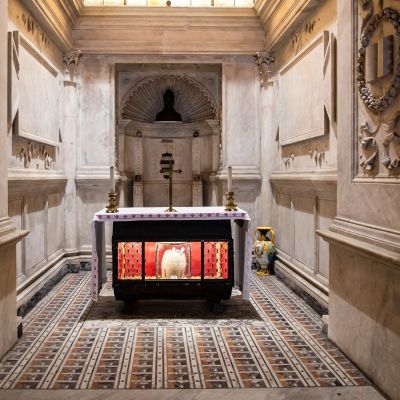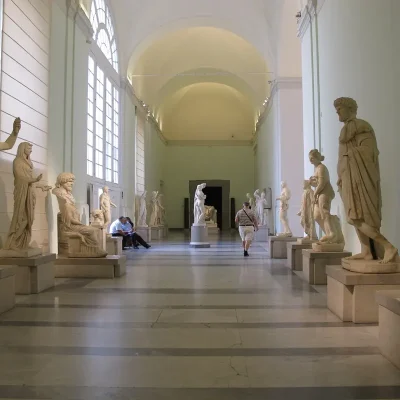A Glimpse into a Fiery Celebration Step into Capodimonte’s Cellar for an awe-inspiring, free exhibit that showcases the work of Neapolitan photographer Mario Amura and his team. For 13 years, from Monte Faito, they’ve captured the extraordinary New Year’s Eve night around Vesuvius. “Napoli Explosion” blends photography, painting, and pyrotechnic art into one phenomenal event.
Available until April 1, 2024, at the Cellar of the Museo e Real Bosco di Capodimonte in Naples, “Napoli Explosion” features 37 large-scale works by Mario Amura.

Mario Amura’s Passion Project Over 13 years, Mario Amura has transformed the grand pyrotechnic festival of New Year’s Eve around Vesuvius into photographic masterpieces. “Naples exorcises the fear of Vesuvius erupting by lighting up the Gulf of Naples with colors and lights,” explains Amura. Every year, from Faito, Amura “captures” this grand celebration.
Together with his crew, Amura ascended Monte Faito for 13 years, capturing these extraordinary images of the year-end celebrations. His work, a magnificent blend of photojournalism and art, turns fireworks into cosmic nebulas, animals, and starry landscapes.
Fireworks Over Naples and Vesuvius The mesmerizing fireworks over Naples and Vesuvius, captured on New Year’s Eve with Canon cameras, have been turned into “photographic paintings”, narrating the grand celebration of the Neapolitan people around Vesuvius.
Technology Meets Art Amura’s team used Canon’s EOS R system technology to take these shots. For years, the Japanese brand has supported Amura’s project, enabling him to capture extraordinary moments and share emotions that merge art, technology, and creativity.
Pure Artistic Integrity All photographic works are unaltered, preserving their authentic beauty. Don’t miss this opportunity to witness them. Free entry every day except Wednesday, from 10:00 AM to 4:00 PM (last entry at 3:30 PM).
Learn more: Museo e Real Bosco di Capodimonte – Napoli Explosion





